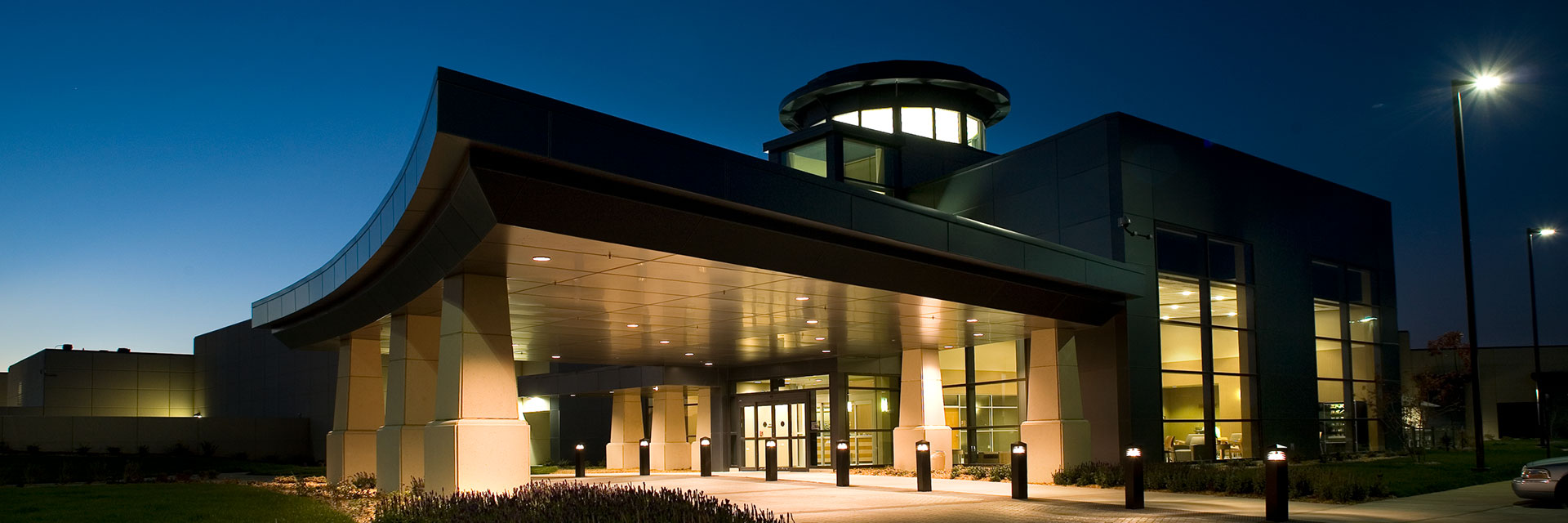25 Sep Wichita ER doc helped Reno air race crash victims
Wichitan Martin Sellberg has long mixed two of his favorite passions — medicine and aviation.
He’s been flying for 34 years, serves as an emergency room doctor at Kansas Medical Center in Andover and a McPherson hospital, and is the state air surgeon for Kansas Air National Guard. He also owns LifeTeam, an air ambulance company.
But those two worlds collided a week ago Saturday in a way he has never experienced.
It took only five or six seconds for Sellberg to go from enjoying the National Championship Air Races and Air Show at Reno, Nev., to realizing he was in the midst of a disaster.
That quickly, a souped-up P-51 Mustang came around the final turn and suddenly slammed at 400 mph into some of the grandstand’s club seats.
Just 50 yards north of where Sellberg was sitting with Mark Atkinson, a longtime friend and former paramedic from Winfield. They had come together to watch another friend participate in the races.
Within moments, Sellberg and Atkinson would respond with their medical skills. But it did take a moment.
“It’s hard to describe watching this unfold and understand what just happened,” Sellberg said in an interview Friday. “There’s a period of abject horror and shock. And then we ducked from debris. It was like a bomb blast.”
The high-energy explosion sent shrapnel flying, injuring scores of people and eventually killing 11, including the pilot.
About 15 to 30 seconds after the crash, Atkinson said, “Let’s go.” Both men were at the impact site within two minutes.
Sellberg is trained for medical emergencies. That’s his job. Through the military, he’s also been schooled in handling mass casualties.
He was working the emergency rooms when they were swamped with people injured by the tornadoes in Andover in 1991 and Haysville in 1999.
“That’s very different than being part of a mass casualty,” he said.
Reno’s scene wasn’t a well-equipped emergency room or the classroom.
“It was carnage and chaos,” Sellberg said. “It probably took me 10 minutes to get my mind past treating individual patients and start doing casualty triage and movement (of patients).”
About 70 people were in critical condition. Sellberg and Atkinson set up in an area that handled 18 of those.
Sellberg figures the most critical patients he’s seen at once in an emergency room is five.
But with adrenaline, Sellberg and the others quickly adjusted to the crisis. He was joined in his triage area by three other doctors — a family physician, two anesthesiologists and a radiologist — and six nurses. Like Sellberg and Atkinson, all had been air-race spectators minutes earlier.
Twenty to 30 minutes before the area’s ambulances and helicopters could catch up to the disaster, Sellberg and the other helpers were on their own.
No equipment or even bandages. Organization was key.
It meant making sure the injured were on spine boards, with four or more people lifting each board so it could be lifted correctly. It meant making sure one person was with each patient to monitor any change.
“A monitor in this case is a finger on their pulse,” Sellberg said. “Or you get a feel for their blood pressure or heart rate. That’s the best you can do. Primary first aid was about all you could do.”
Stop the bleeding, apply tourniquets, establish a primary airway. He went from trying to attend to several patients to making rounds to check on all 18.
Getting the injured ready to be moved to ambulances was also important.
“We were just waiting for the next gurney because we knew who the next person going out was,” Sellberg said, “and we had people there ready to move them.”
Within an hour, all 70 critical patients were on their way to a hospital.
One hour. That’s how long Sellberg was involved in the response.
At times it felt much longer, other times much shorter.
“I wasn’t tired at the time,” he said.
A week later, the weight of the moment has had time to settle in.
“I still feel fatigued,” Sellberg said.
He looks at pictures of the Reno scene and doesn’t see what he saw that day.
“They don’t get the three dimensions, the smell,” he said.
Oh, yes, the smell. Blood, oil and aviation fuel. The same smell of aviation fuel that had brought Sellberg so much joy for so many years.
He also remembers the 18 patients.
“I don’t have a clue of any of their names or who they are,” Sellberg said, “but I knew each one of those people by their injuries.
“I’m trying to get back there to reconnect with some of that. I think that’s an important piece. I need to put a little closure to this.”
He also hopes to take what he’s learned that day and pass it on to other doctors.
Sellberg had already been scheduled to speak in December at a symposium held by University of Kansas School of Medicine-Wichita. He had planned give an update on emergency medicine.
“I’ve changed my topic to mass casualty updates,” he said. “The thing I can do is pass this information and knowledge on to other providers … in case they are ever in that situation.
Something good that can be brought out of tragedy.
“I love working in emergency rooms, I love aviation,” he said. “I’m a very lucky, lucky guy. But somehow I got placed in the middle of that mess a week ago.”
A number of people have told him that happened for a reason.
“You just hope that in some fashion you made a difference,” Sellberg said.

